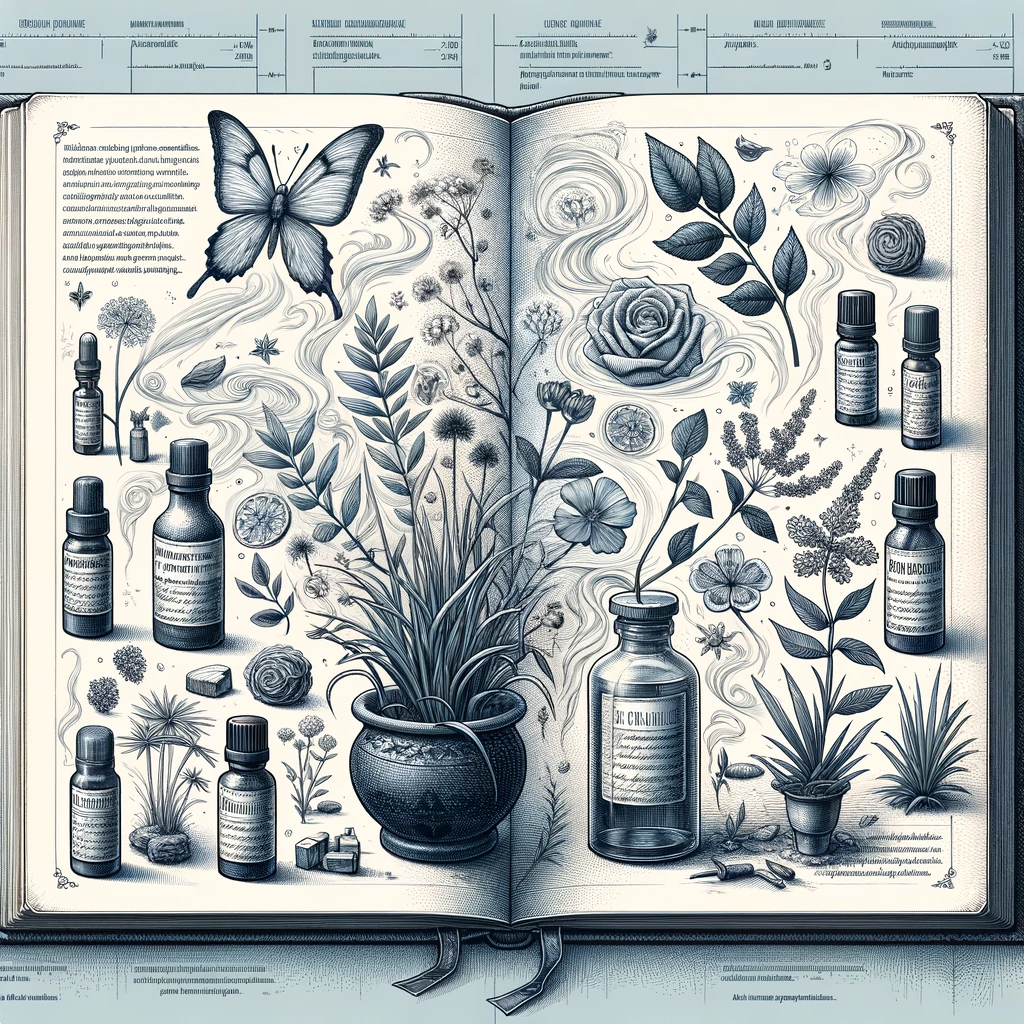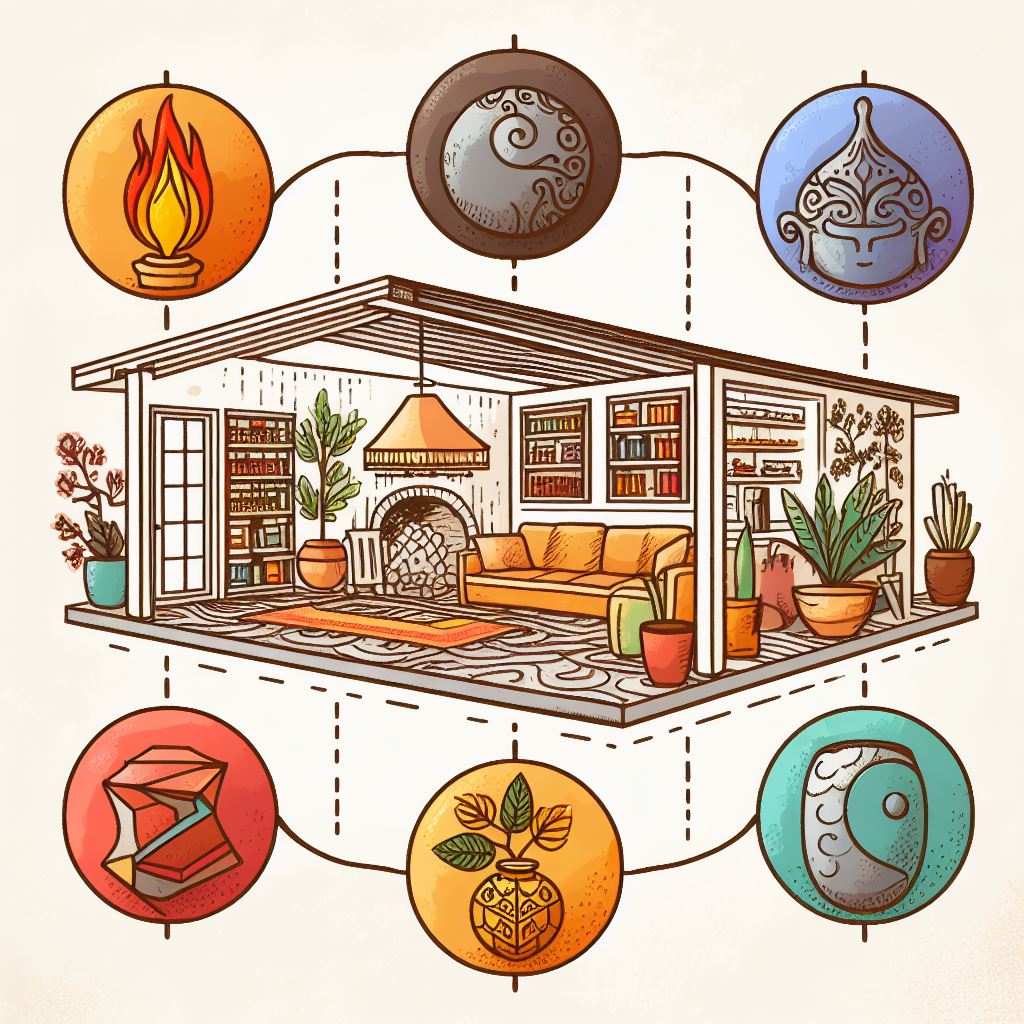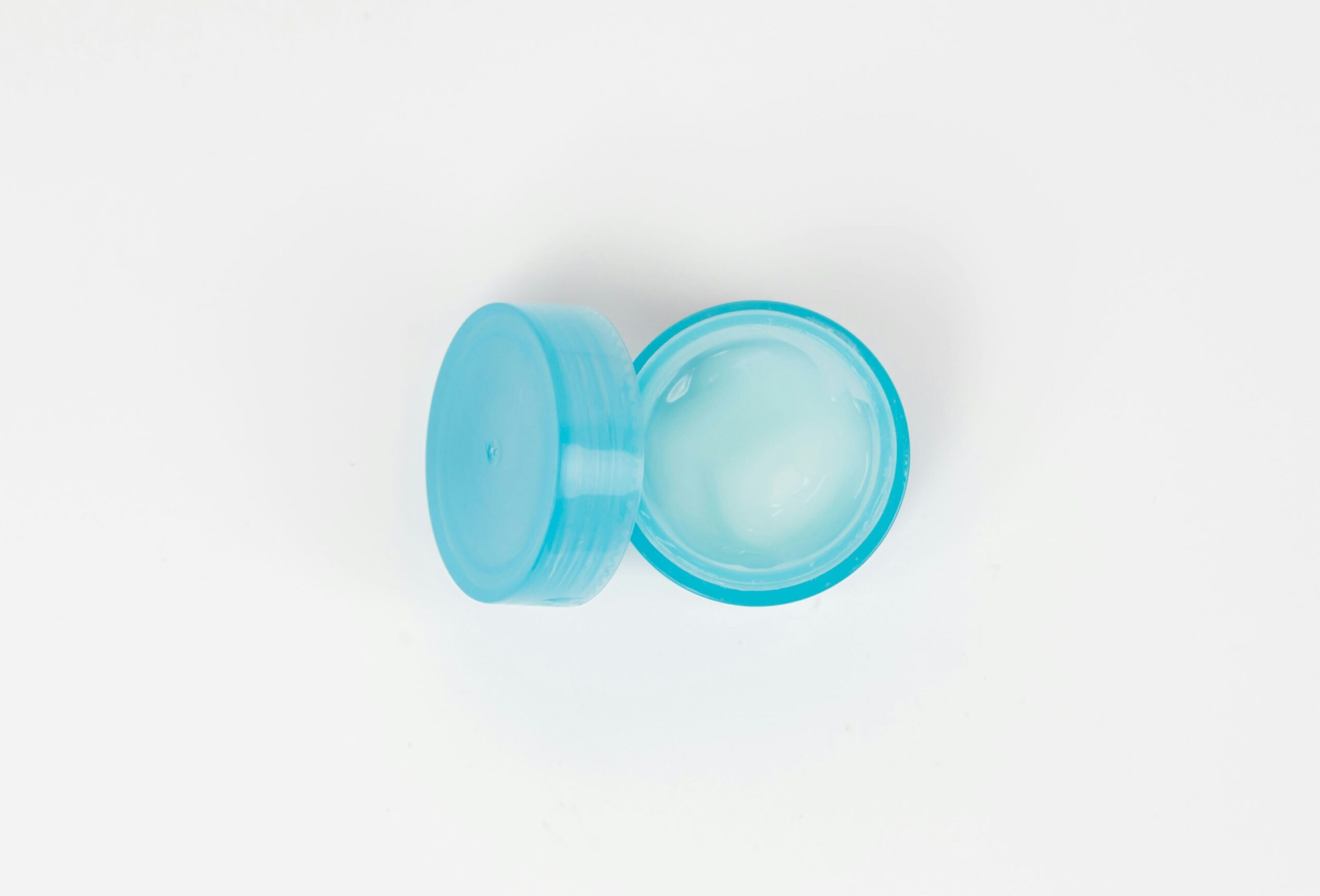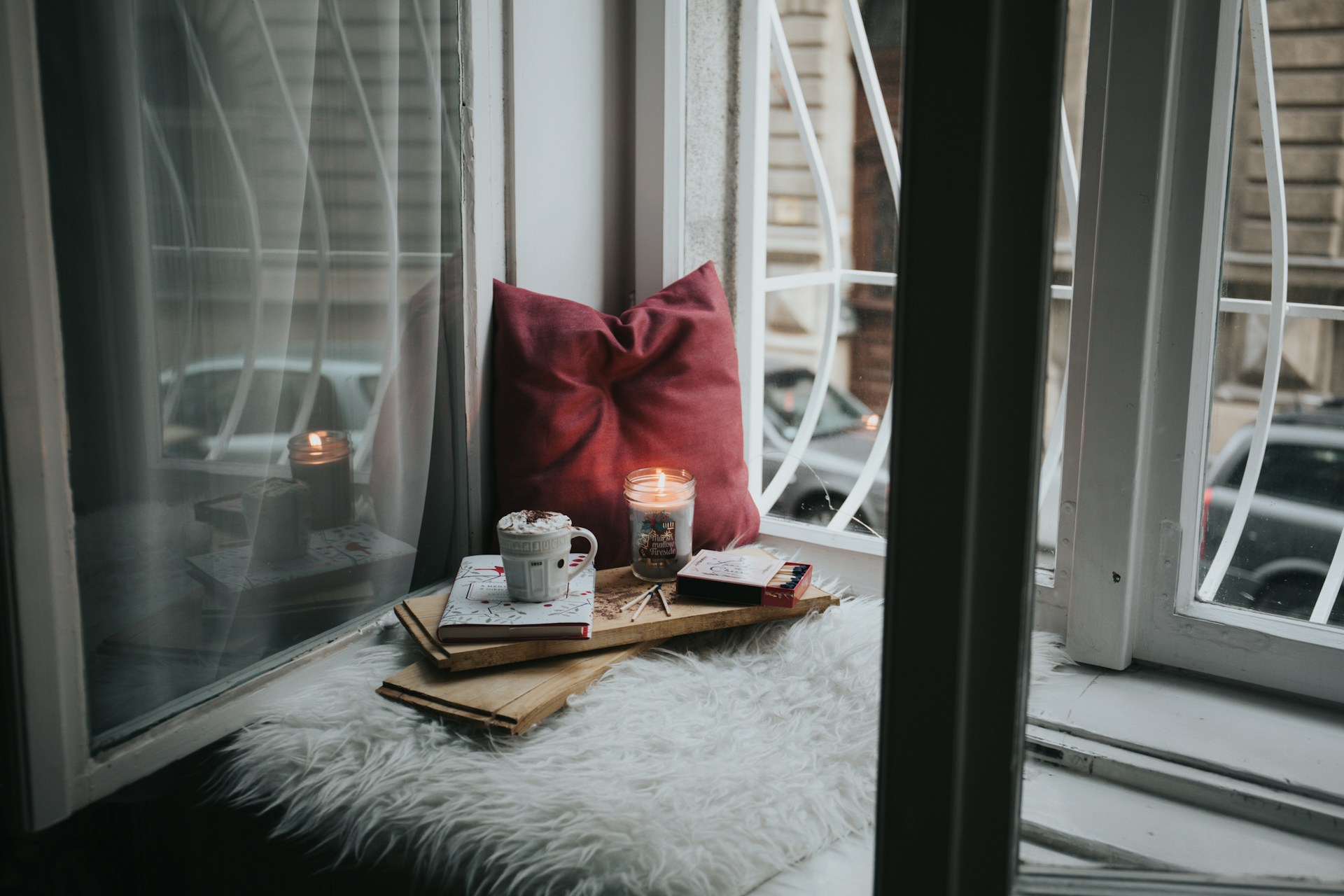Picture this: after a long day, you settle into a cozy nook of your home with a book in hand, and there’s a gentle, soothing aroma wafting through the air. It’s calming, it’s grounding—it’s the scent of lavender essential oil you’ve diffused to create this haven of tranquility.
But these fragrant oils are more than just a pleasant background note to your relaxation routine; they’re tiny vials of therapeutic potential waiting to be uncorked.
Today, we’ll unravel the mystery behind the healing properties of essential oils, understanding their use through the ages, and how they can be seamlessly woven into the fabric of our daily lives for enhanced wellbeing.
A Brief History of Essential Oils
Since antiquity, essential oils have been the allies of healers and the secret weapon of the beauty-conscious.
The Egyptians were known to use them for beauty and embalming, and the Greeks documented their medicinal properties extensively. Romans luxuriated in their perfumes, and during the plague, certain oils were believed to ward off illness.
Fast forward to the 20th century, and these ancient traditions have distilled into the modern practice of aromatherapy. While the context has evolved, the essence of using these potent plant extracts for healing has remained a constant thread woven through the fabric of human history.
Understanding Essential Oils: The Basics
At their core, essential oils are the concentrated spirits of plants. These volatile compounds are extracted through distillation or cold pressing, and it’s these methods that capture the plant’s scent and flavor, or ‘essence.’
Beyond their captivating aromas, these oils are rich in complex compounds, each with its own potential effects on health and wellbeing. The very term ‘essential’ speaks to the notion that the oil captures the plant’s most fundamental essence, believed by some holistic practices to harbor its life force or energy.
The Science of Scent and Healing
The connection between scent and healing is more than just folk wisdom; it’s a dance of biology and chemistry. When you inhale an essential oil, the molecules travel up the nostrils and engage the olfactory nerves. These nerves have a direct hotline to the brain’s limbic system, which governs emotions, memories, and some physiological functions.
It’s here that the magic happens: the scent can trigger various brain responses, including releasing neurotransmitters like serotonin. Imagine the smell of peppermint invigorating your senses or chamomile’s sweet floral notes ushering in a wave of calm—this is aromatherapy in action.
The effects can extend beyond the neurological, with some studies suggesting that essential oils can have antimicrobial and anti-inflammatory properties as well.
Inhalation and Its Immediate Effects
Inhaling essential oils is like sending a direct message to your brain’s emotion center. It’s immediate, it’s potent, and it’s personal. Because of this direct route, the effects of the oils are felt almost as quickly as the scent is detected.
This is why a whiff of eucalyptus can seem to clear the head and nose in no time, and why a scent can transport you back in time with its associated memories and feelings.
Topical Application and the Body’s Absorption
When applied to the skin, essential oils don’t just sit on the surface. They’re absorbed and carried through the bloodstream, interacting with various systems in the body.
That’s why the soothing properties of tea tree oil can be felt on the skin and why a massage with lavender oil can be so deeply relaxing—it’s a whole-body experience.
Essential Oils for Physical Wellness
The tapestry of essential oils is rich with options for addressing physical ailments.
Lavender, for example, is renowned for its skin-healing properties due to its anti-inflammatory and antibacterial nature. When it comes to pain relief, the warming sensation of ginger oil or the cooling touch of peppermint oil can provide comfort. Meanwhile, eucalyptus oil’s penetrating scent makes it a go-to remedy for respiratory issues, helping to open up the airways and ease breathing.
Pain Relief
For those suffering from muscle aches or joint pain, certain essential oils can be incredibly potent. Massaging with oils like wintergreen and frankincense can help soothe soreness due to their analgesic properties. These oils can offer a natural alternative for managing pain, with the added benefit of their aromatic effects.
Skin Care
With their antiseptic and healing properties, essential oils like tea tree and rosehip are widely used in skincare. They can help combat acne, reduce signs of aging, and promote a healthier complexion.
However, it’s crucial to remember that these powerful extracts should be diluted in carrier oils to prevent skin irritation.
Respiratory Health
A congested chest or a stuffy nose can find relief in the arms of oils like peppermint and oregano, which contain compounds that help in reducing the discomfort associated with respiratory conditions. A drop of these oils in a steam inhalation or diffuser can make breathing easier and more comfortable.
Essential Oils for Emotional and Mental Wellbeing
Essential oils can be silent but powerful players in the arena of mental and emotional health.
The aromatic compounds found in oils like bergamot and sandalwood can have a profound impact on the psyche, helping to alleviate stress and uplift mood. These natural wonders can be both grounding and elevating, offering a botanical boost to your day.
Stress and Anxiety
In the hustle of modern life, stress can be an unwelcome constant. Essential oils like lavender and ylang-ylang have been shown to help reduce anxiety and promote relaxation, thanks to their sedative properties. Integrating these scents into a daily routine can help create moments of peace and respite.
Mood Enhancement
The citrusy zing of lemon or the spicy undertone of cinnamon oil can energize and refresh a weary mind. These oils can stimulate the senses and help shake off the cobwebs of a bad mood or a sluggish afternoon. It’s a natural pick-me-up that can bring a bit of zest back into your step.
Navigating Essential Oils
With the growing popularity of essential oils, the market has become a mosaic of choices. It’s important to select oils for their therapeutic quality and not just their fragrance.
Pure, high-grade oils retain more of their natural properties and are more likely to provide the healing benefits you’re seeking. And when it comes to longevity, proper storage in cool, dark places can help preserve their potency for longer.
Choosing High-Quality Oils
The effectiveness of an essential oil is directly related to its quality. Factors like the plant’s growing conditions, the timing of harvest, and the extraction process all play a crucial role. Opting for organic oils from reputable suppliers can increase the likelihood of getting the most therapeutic bang for your buck.
Storing Essential Oils
Just like fine wine, essential oils need the right environment to maintain their efficacy. Exposure to heat, light, and air can degrade the oils, diminishing their therapeutic properties. Dark glass bottles and a cool storage space can help ensure your oils remain potent and effective.

The Art of Blending Essential Oils
Crafting a blend of essential oils is much like composing a symphony—each note must harmonize with the others to create a sensory masterpiece.
Understanding the properties of each oil and how they complement one another is key. Whether you’re blending for therapeutic benefits or purely for a pleasing aroma, the synergy of the oils can enhance the overall effect.
Creating Therapeutic Blends
When blending essential oils, it’s not just about the scent. Consider the purpose of the blend—is it to relax, energize, or perhaps to aid digestion?
Oils like Roman chamomile, with its calming properties, can be paired with lavender for a sleep-inducing mix, while peppermint and lemon can create an invigorating concoction perfect for morning diffusion.
Using Carrier Oils
Carrier oils are unscented or mildly scented oils that can dilute essential oils before they are applied to the skin. They are typically derived from nuts or seeds and have their own therapeutic properties. For example, jojoba oil is known for its skin-moisturizing benefits, making it an excellent base for skin-care blends.
Safety and Precautions
It’s imperative to approach essential oils with respect for their potency. Ensuring proper dilution can prevent skin irritation or sensitization. Allergy patch tests are advisable before using a new oil extensively.
Additionally, it’s important to be aware that not all oils are safe for everyone—children, pregnant women, and those with certain health conditions should use some oils with caution or under the guidance of a professional.
Dilution and Allergy Tests
When using essential oils topically, they should always be diluted with a carrier oil to prevent adverse reactions. A patch test can help determine if you have an allergy to a specific oil. Simply apply a small amount of the diluted oil to a discreet area of skin and wait for 24 hours to see if any irritation occurs.
Ingestion Risks and Safe Use
While some advocate for the oral use of essential oils, it’s a practice that carries significant risks and should generally be avoided unless under the guidance of a healthcare professional. The safety of essential oils comes from informed use—knowing which oils are safe for your situation and which methods of application are most beneficial.
In summary, essential oils are a bridge to natural health, offering an array of healing properties for both the body and mind. Their use spans from the dawns of history to our modern-day lives, connecting us to the ancient art of plant-based healing.
By understanding the potential and practicing safe usage, we can harness these potent extracts for our wellbeing, transforming everyday moments into sensorial journeys of wellness.
















